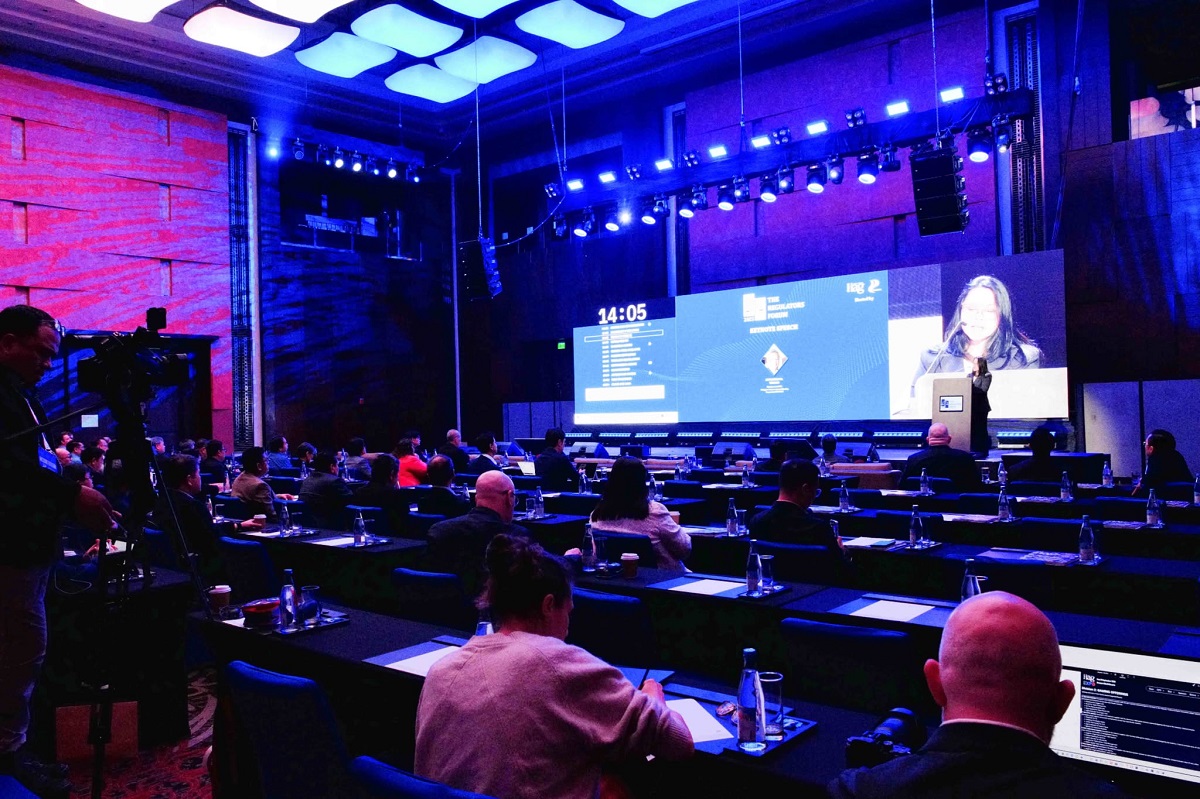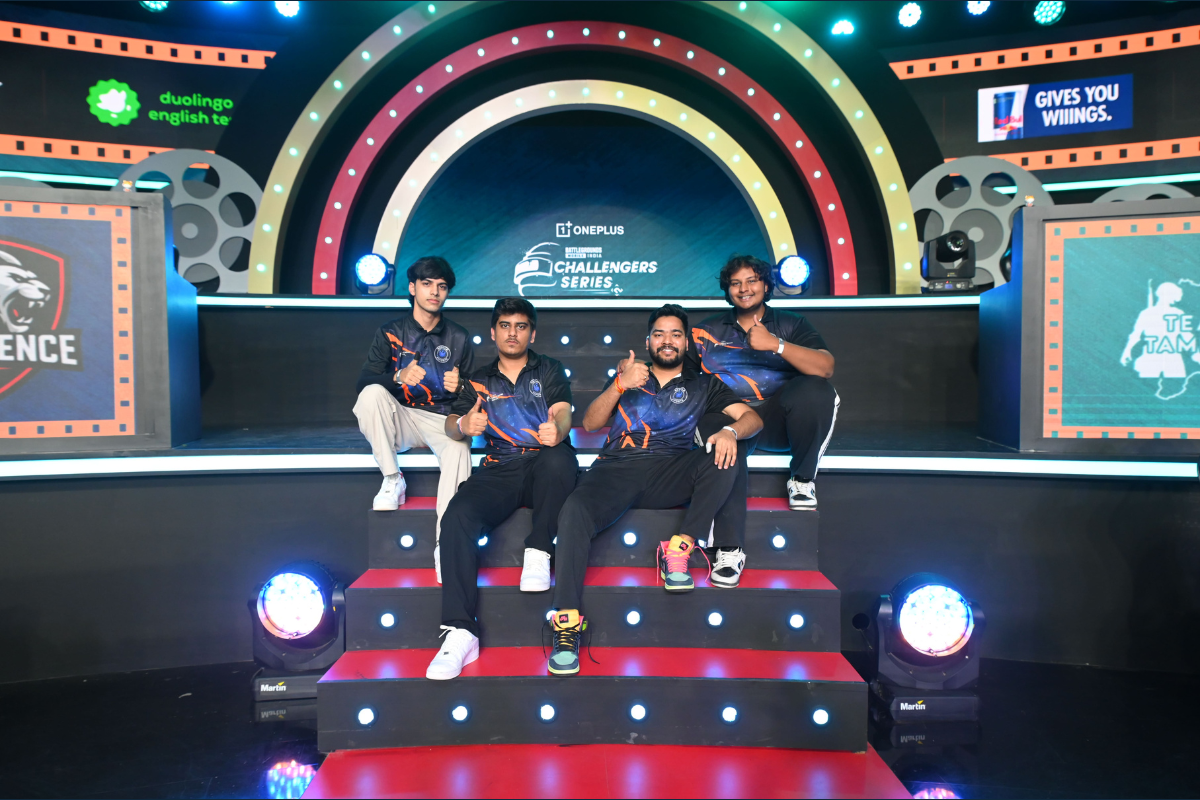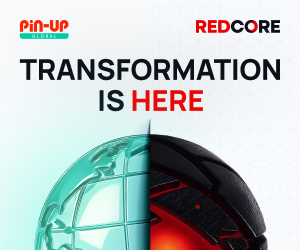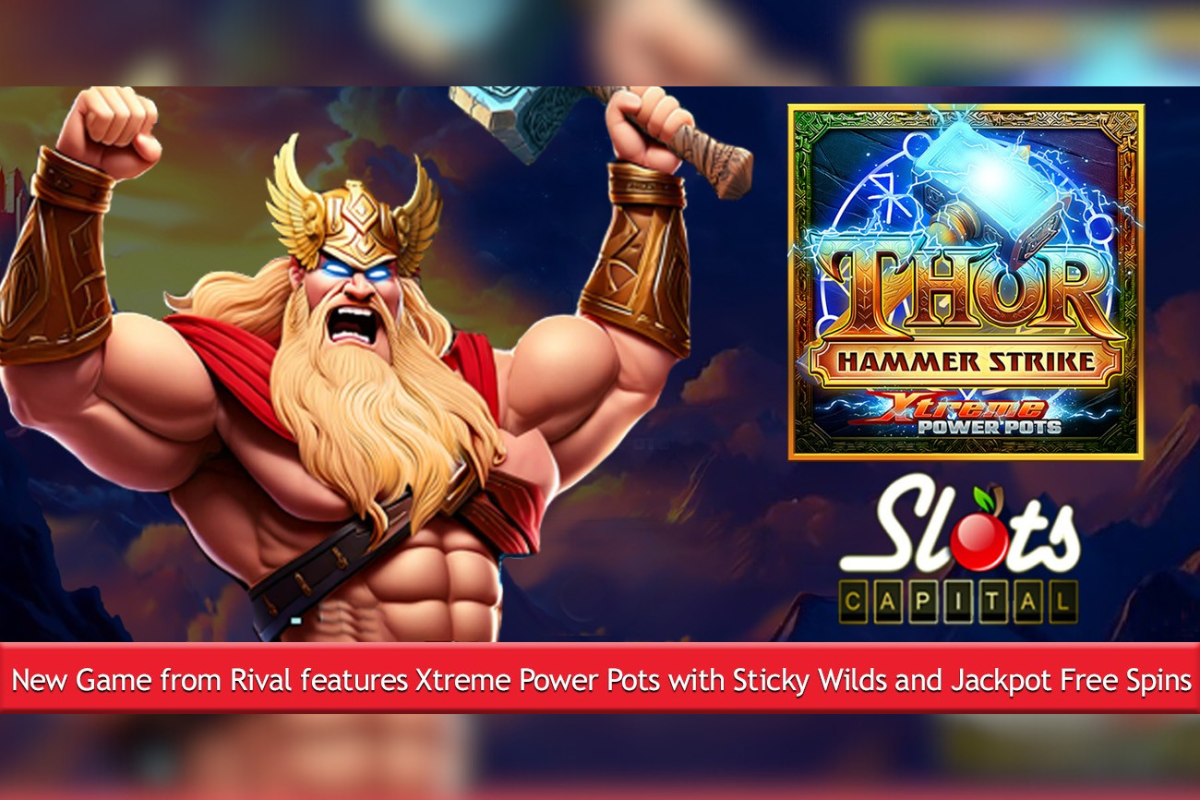Interviews
From the Expo Floor to Market Strategy: Belatra’s Take on iGaming Evolution

As the iGaming industry gears up for the SBC Summit in Lisbon, all eyes are on Belatra, a developer with over three decades of experience in both online and offline gaming. In a new interview, Kateryna Goi, the Chief Marketing Officer of Belatra, reveals the company’s bold new strategies, the importance of data-driven marketing, and why 2024 marks a pivotal moment for its presence on the global stage.
Q1: Kateryna, Belatra has been a key player in the iGaming industry for over 30 years and an experienced participant in the SBC Summit. What drives your continued participation, and how has your approach evolved?
Kateryna Goi: Our participation in the SBC Summit has always been about more than just showcasing our products—engaging with the industry, exchanging insights, and staying ahead of trends. Over the years, we’ve gained valuable experience, particularly as we transitioned to online gaming in 2017 and navigated the global shifts in entertainment consumption that followed in 2020. Each year, we’ve refined our strategies and expanded our offerings. In 2024, we’re focusing on deepening our connections and sharing our latest innovations in more interactive and impactful ways. This approach allows us to effectively contribute to the collective growth of the iGaming industry while continuing to evolve alongside it.
Q2: The iGaming industry has seen rapid changes, particularly with the advent of new technologies. How has Belatra adapted its marketing strategies to stay ahead in such a dynamic environment?
Kateryna Goi: Adaptability is crucial in our industry. We’ve embraced data-driven strategies, which allow us to tailor our marketing efforts more precisely to the preferences and behaviors of modern players. This approach is deeply rooted in continuous marketing research and constant feedback from our users. Understanding player preferences through research and 3d-party experience at events like SBC helps us refine our products and marketing campaigns to meet their evolving needs. By leveraging data, we can create more personalized experiences, which is crucial in maintaining player engagement.
Q3: Regarding data-driven strategies, you mentioned the importance of understanding modern players. What insights have you gathered about player preferences, and how do they influence your marketing approach?
Kateryna Goi: We’ve found that player preferences vary significantly between generations. Millennials, who transitioned from physical to online casinos, often seek out traditional games that remind them of the past. Titles like Piggy Bank and Lucky Drink remain popular with this group due to the nostalgia they evoke. We’ve adapted by bringing these classics online, allowing Millennials to enjoy familiar games in a new format.
Gen Z, on the other hand, favors fast-paced, visually engaging games with quick rewards. They’re more selective and follow trends, gravitating towards innovative features and dynamic gameplay. Understanding these differences allows us to tailor our marketing strategies and game development to cater to the distinct needs of each group, ensuring our offerings remain relevant and appealing.
Q4: What role do exhibitions like the SBC Summit play in developing the iGaming industry? Are they more than just marketing opportunities?
Kateryna Goi: Exhibitions are crucial for the industry’s development. They are not just about showcasing products; they are platforms for knowledge exchange, networking, and collaboration. At events like the SBC Summit, you can gather insights from various market players—casinos, platforms, developers—and gain a holistic understanding of industry trends. These interactions often lead to new ideas and innovations. For instance, a discussion on player behavior might inspire a new feature in our games, or a conversation about future technologies might spark a new marketing campaign. So yes, while exhibitions are excellent marketing tools, their impact on industry development is profound.
Q5: What are the non-negotiables for a successful iGaming company in the current market?
Kateryna Goi: A successful iGaming company today must focus on delivering a seamless, omnichannel experience. This means that whether a player accesses your games on a desktop, mobile device, or even a VR headset, the experience should be consistent and engaging. Additionally, personalization is vital. Players expect content tailored to their preferences, and companies that can deliver this will thrive.
Beyond this, marketing possibilities extend even further with a high-quality product. For example, graphics from the games can become NFT art and find their way into digital galleries, while game soundtracks are promoted alongside popular music tracks on platforms like Spotify – we’re about to present such a case quickly. It’s not just about promoting a game—it’s about creating an entire world that immerses people in a rich, multi-layered experience filled with references to our products.
Q6: Belatra is expanding into new markets, such as Latin America. How does your marketing strategy adapt to these regions?
Kateryna Goi: Entering a new market like Latin America requires a deep understanding of local player preferences and cultural nuances. We emphasize player-centric marketing, which involves multilingual support, engaging loyalty programs, and showcasing success stories that resonate with local players. We also adapt our content to highlight upcoming releases and behind-the-scenes content that appeals to the local audience. We aim to connect with players beyond gaming, demonstrating our commitment to their satisfaction and well-being. This approach positions us to make a significant impact in these emerging markets.
Q7: The SBC Summit is just around the corner. What can attendees expect from Belatra at this event?
Kateryna Goi: We have an exciting lineup planned for the SBC Summit. Visitors can find us at Booth B640, where we’ll be showcasing our latest iGaming products and solutions. Expect interactive demos of our newest games, allowing attendees to experience them firsthand. We’ve also prepared exclusive giveaways to ensure everyone who visits leaves with something memorable. But beyond that, our booth will be a hub for networking. We’re eager to connect with industry professionals, discuss future trends, and explore potential collaborations. For those who want a deeper dive into what Belatra offers, we’re scheduling personal meetings to provide focused attention and discuss tailored solutions.
Q8: Finally, what’s next for Belatra? Are there any upcoming innovations or expansions you can share?
Kateryna Goi: We’re constantly innovating, and in the coming months, you can expect to see more exciting developments from us. We’re preparing new, interesting slots packed with bonuses and unique features to captivate players. Additionally, we’re expanding our presence in several emerging markets with significant growth potential. Our focus remains on creating high-quality, engaging games that resonate with players worldwide, and we’re excited about the possibilities ahead.
-

 Asia5 days ago
Asia5 days agoDigital gaming disruption tackled in 1st AsPac Regulators’ Forum
-

 Asia7 days ago
Asia7 days agoBGCS and BGMS league stages conclude; rising stars set to meet pros in the playoffs
-

 Latest News7 days ago
Latest News7 days agoHigh Roller Technologies and Flows partner to launch player engagement experiences, with technical integration complete in record time
-

 Central Europe7 days ago
Central Europe7 days agoFootball Stats Startup Challenges Multi-Million Company With Free Publication Of Blueprints
-

 Latest News7 days ago
Latest News7 days agoThe Current State of the German iGaming Market and Its Role in Europe
-

 Eastern Europe7 days ago
Eastern Europe7 days agoSYNOT Games Partners with WIN2
-

 Latest News7 days ago
Latest News7 days agoDiffusionData Releases Diffusion 6.12
-

 Latest News7 days ago
Latest News7 days agoOperator-Exclusive Slots: Do Content Bundles Still Deliver ROI?






















